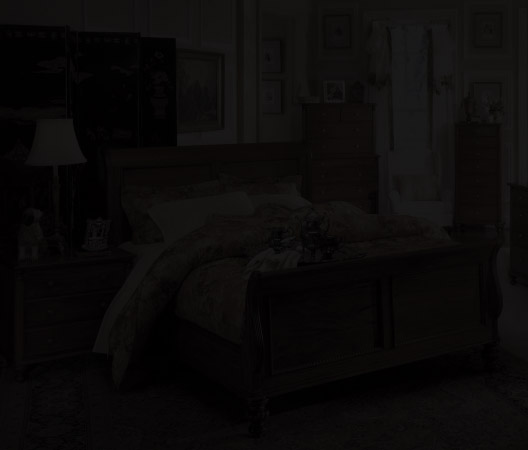I was out there for the full seven days, recorder in hand...
As a trained architect who is familiar with listening to cities composed largely of hard walls, I found myself out of my element out on the playa. Right away I became exhausted with recording because everything was subsumed by the maddening drone from hundreds of amplified sound sources. Subtle sounds that I found interesting — a metal sculpture creaking in the wind, or sand skittering across the desert floor — were rendered muddy when I listened to them on the recorder. That can be a great thing about recording sound: you are often surprised by the loudness of the background sounds that we naturally tune out.
By the end of the first day I doubted whether it would be worthwhile to record anything at all. The task, as I discovered on day two, was finding ways to listen to the noise until it no longer became noise. WWJCD — What Would John Cage Do? This question governed the rest of my week at Burning Man. I tried various strategies. Once, I stood still, eyes closed, as a sea of mad people surged around me. Other times I walked to the furthest edges of the city, until all the sound sources merged into one continuous mass of sound, and I simply listened to its drone.Be sure to experience the soundscape for yourself, and don't miss Nate Berg's examination of Burning Man as an experiment which has implications for the less temporary environments we produce.





